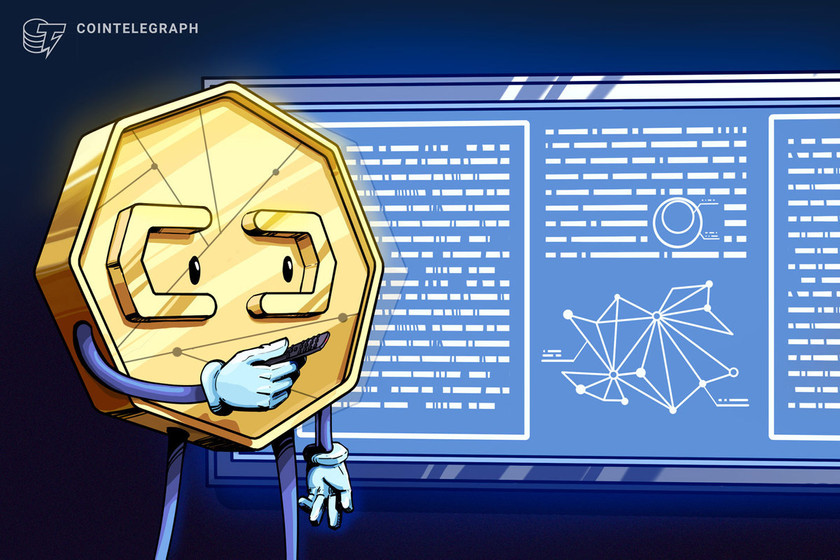LiquidStake set to unlock liquidity for Ethereum 2.0 Phase 0 stakers
As the launch date of Ethereum 2.0 approaches, an important issue in the staking mechanism is starting to be discussed in the community: the one-way nature of stake deposits.
Prospective stakers in Ethereum 2.0 Phase 0 will not be able to withdraw or transfer their stake until after the rollout of Phase 1, which could take years. Ahead of this difficult choice, Darma Capital is one of several companies planning to offer intermediated staking that would let users have access to their capital.
Through its LiquidStake initiative, both retail and institutional stakers can delegate their capital and maintain the ability to use it as collateral to receive USD Coin (USDC) loans.
Unlike other staking derivative proposals, LiquidStake will not create new tokens to represent the bonded Ether (ETH). James Slazas, CEO of LiquidStake, told Cointelegraph that this is due to the temporary nature of the service:
“The time window for Phase 1.5 — we can all flip a coin on this — is 18 months, 36 months, somewhere in that realm. So it’s a relatively short time frame with an end date. And so when you start to tokenize assets where you only have a short [life span], the difficulty there becomes what kind of liquidity would be there for that type of token.”
Using Ether only as a form of collateral for dollar-denominated loans allows LiquidStake to offer a more immediate service. “With LiquidStake you can have your stake and eat it too,” added Andrew Keys, co-founder of Darma Capital. “And in that regard, [stakers] probably are looking for fiat to maintain their life expenses. So that’s the problem we’re trying to solve.”
The company partnered with staking providers including Bison Trails, ConsenSys Codefi and Figment to handle the actual validation process, while OpenLaw and Lukka helped with the legal and tax management of the system. There are no minimum staking amounts, and the lending system works through the familiar mechanism of margin calls and liquidation — at least on paper, as the ETH cannot be moved.
A notable caveat is that prospective customers must go through LiquidStake to join Ethereum 2.0, or otherwise, they will become ineligible for the lending service. Slazas explained that this is required to have “perfected interest on the collateral,” meaning that no other party has a claim to it. In practice, this is necessary to make sure that there are no copies of the private keys holding the staked Ether.
Slazas said that LiquidStake simultaneously solves another major issue: the tax implications of Ethereum staking. Especially on the institutional side, going through LiquidStake simplifies the tax treatment, as they are simply entering into a swap agreement with Darma, a fully licensed and regulated commodity trading and swap company.
“The only difference [for institutions] is that when you enter into a swap, you have a lot more regulatory and tax clarity. […] We already know that this is a non-security swap and there’s 30 plus years of tax history of how to treat this.”
Though Darma will make money out of this arrangement by charging interest and a “performance fee” on the staking yield, Keys said that “We are here to help in the decentralization and growth of Ethereum 2.0.”
Progress for the Ethereum deposit contract has been slow so far, at least partially due to the inability to access the money locked in the deposit contract. LiquidStake helps solve this issue, but its solution is highly centralized.
At least in part, that seems to have been necessary to make it in time for the Ethereum 2.0 launch, as Keys noted that the team will look into ways of decentralizing the service in the future.









